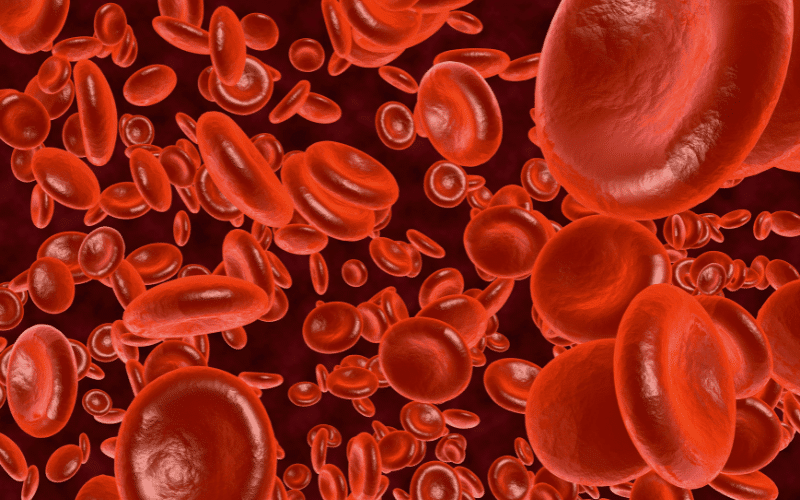FAQs about Low Ferritin and Its Symptoms

1. What causes low ferritin levels?
Low ferritin levels can be caused by several factors, including inadequate dietary iron intake, poor iron absorption due to gastrointestinal issues, blood loss (e.g., heavy menstruation or internal bleeding), pregnancy, and certain medical conditions such as celiac disease or inflammatory bowel disease. In some cases, low ferritin levels may be due to genetic factors or an underlying health issue that requires medical attention.
2. How is low ferritin diagnosed?
Low ferritin is typically diagnosed through a blood test called a serum ferritin test. This test measures the amount of ferritin, a protein that stores iron, in your blood. Your healthcare provider may also order additional tests, such as a complete blood count (CBC) or iron panel, to further evaluate your iron status and help determine the cause of your low ferritin levels.
3. Can low ferritin levels be treated?
Yes, low ferritin levels can often be treated effectively through various approaches, depending on the underlying cause. These may include increasing dietary iron intake, taking iron supplements, addressing gastrointestinal issues that may impair iron absorption, and treating underlying medical conditions. In some cases, more aggressive treatments, such as iron infusions, may be necessary. It’s essential to consult with your healthcare provider to develop a personalized treatment plan.
4. How can I increase my ferritin levels through diet?
To increase your ferritin levels through diet, focus on consuming iron-rich foods. There are two types of dietary iron: heme and non-heme. Heme iron is found in animal-based foods such as red meat, poultry, and fish, and it is more easily absorbed by the body. Non-heme iron is found in plant-based foods like beans, lentils, tofu, fortified cereals, and dark leafy greens. Pairing non-heme iron sources with foods high in vitamin C, such as citrus fruits or bell peppers, can enhance iron absorption.
5. How long does it take to raise ferritin levels?
The time it takes to raise ferritin levels varies depending on the severity of your deficiency, the underlying cause, and the treatment approach. With appropriate treatment, some individuals may notice an improvement in their symptoms within a few weeks, while others may take several months to reach optimal ferritin levels. It’s important to work closely with your healthcare provider to monitor your progress and adjust your treatment plan as needed.
Conclusion: Addressing Low Ferritin and Its Impact on Your Health
In summary, low ferritin levels can lead to a range of symptoms that significantly impact your daily life and overall well-being. By understanding the top 10 symptoms of low ferritin, including chronic fatigue, hair loss, shortness of breath, restless leg syndrome, cognitive impairments, a weakened immune system, brittle nails, cold intolerance, dizziness, and mood changes, you can take appropriate action to address the underlying causes and seek timely treatment.
It’s crucial to work closely with your healthcare provider to diagnose and treat low ferritin, whether it’s through dietary changes, iron supplementation, or addressing underlying medical conditions. By taking a proactive approach to increase your ferritin levels, you can effectively alleviate the associated symptoms and improve your overall health and quality of life.
Remember to consult the FAQs for additional information on low ferritin causes, diagnosis, treatment, and dietary recommendations. By staying informed and following your healthcare provider’s guidance, you can successfully manage low ferritin levels and maintain optimal health.